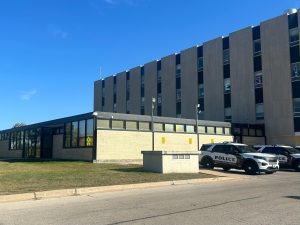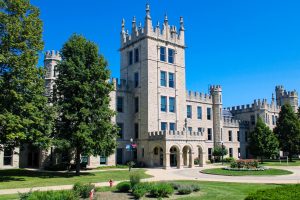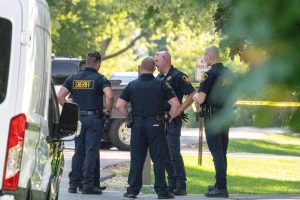GPS monitors to be installed in residence halls
January 18, 2008
Soon, students commuting from residence halls will no longer have to wait in the cold, wondering when the Huskie Bus will arrive.
Students can expect to see the Huskie Tracks GPS monitors installed in the residence halls at the end of January, said Shaun Crisler, Student Association student trustee.
“We are in the most exciting phase right now,” Crisler said. “Last week, we finished going to the halls and analyzed the areas where the monitors will be placed.”
Crisler said that work orders with NIU’s maintenance staff have been filed, something Crisler described as a “process to make sure the left hand talks to the right hand.”
“There haven’t been hiccups that would allow me to think we couldn’t get it done by the end of January,” Crisler said.
On Nov. 11, the SA Senate approved $27,000 for the expansion of the GPS system. The monitors are expected to be placed in Lincoln Hall, Stevenson Towers North and both Grant Towers.
One of the goals of the expansion has been to keep it within budget, Crisler said.
“We don’t want it to become one of those projects,” he said.
However, there are some annual costs associated with the software, Crisler said. The software has an annual fee of $420 for each monitor, according to documents earlier obtained by the SA containing data from the Office of the Student Trustee.
In addition to the monitors’ installation, Crisler said members of the GPS team (which include SA President Jarvis Purnell and Brent Keller, director of mass transit) are making sure a replacement protocol is in place.
Crisler noted that as technology progresses, the monitors will eventually become obsolete.
Erin Schultz, sophomore Spanish language and literature major, said she is looking forward to seeing the installation of the monitors.
“It definitely helps. It helps you so that you’re not sitting [outside] like I am,” Schultz said.
Senior anthropology major Aisha Hope also voiced similar sentiments, although she said she doesn’t mind the cold.
“They’d be useful for stops without huts or nearby buildings to run into,” Hope said.






